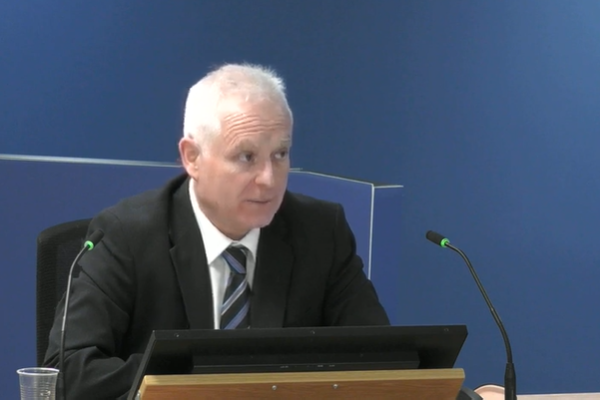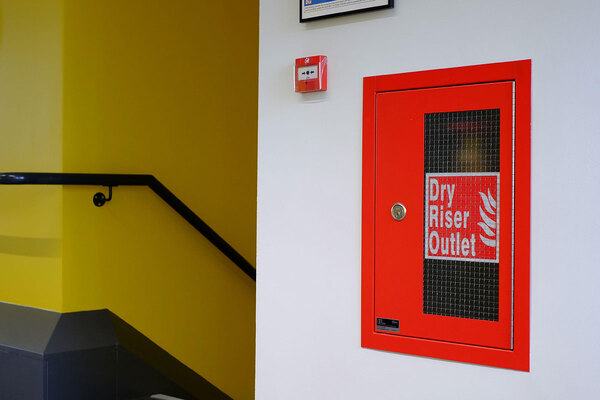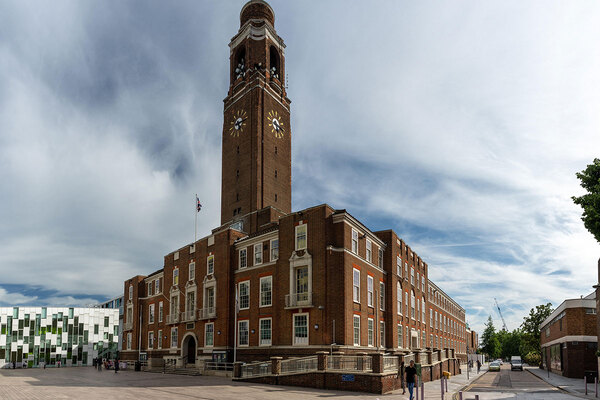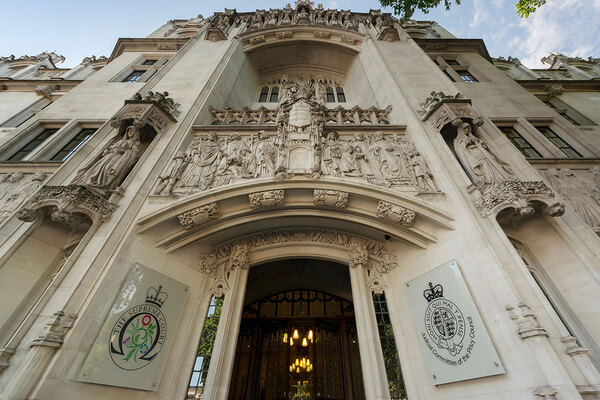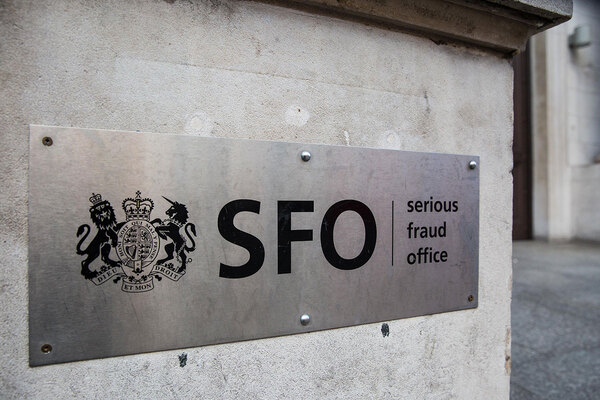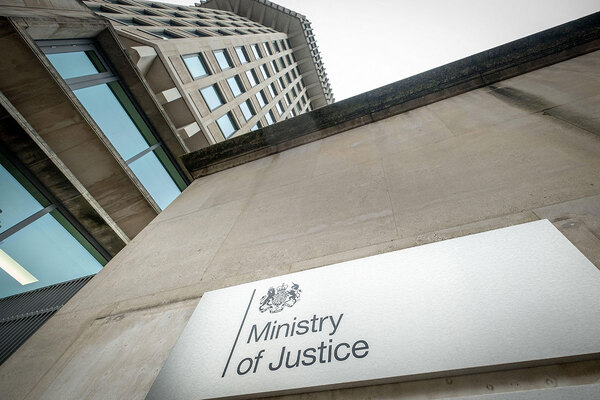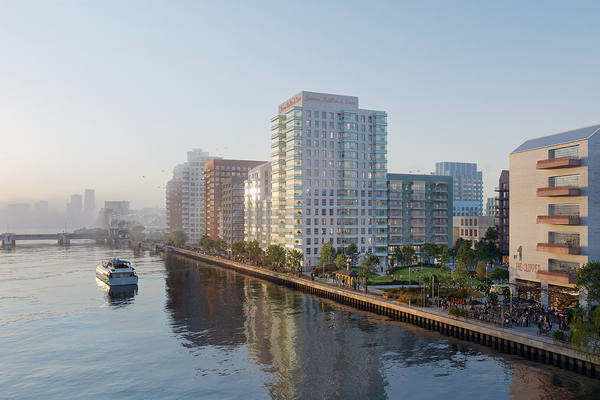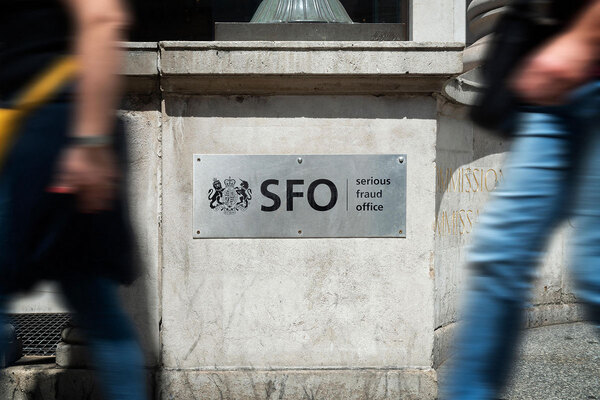Senior LFB officer wrote note warning of ‘significant threat’ of facade fires just weeks before Grenfell fire
A senior London Fire Brigade (LFB) officer wrote a note warning that “uncontrolled spread of fire across the outside of tall buildings is a significant threat” in a presentation prepared just weeks before the Grenfell Tower fire, the inquiry heard today.
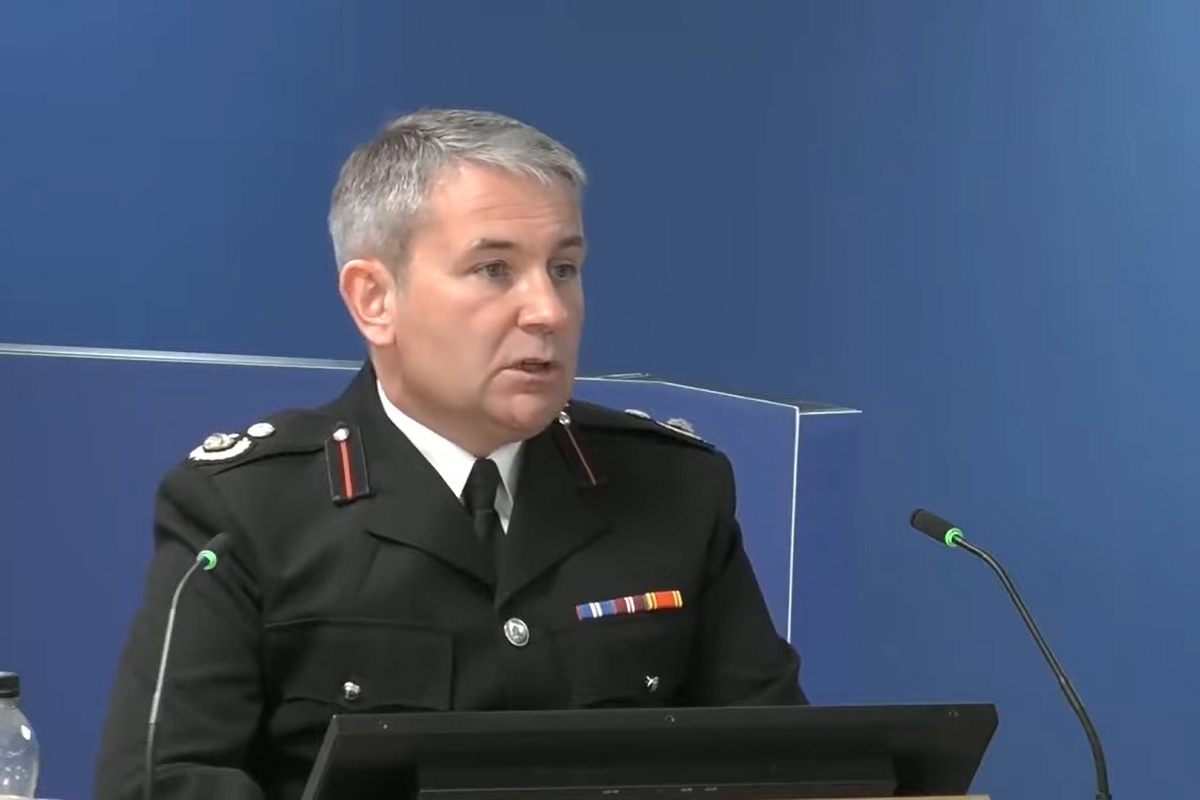
The inquiry was shown a slideshow prepared by Kevin Hughes, the LFB’s head of fire engineering and specialist fire safety, to be delivered at a Tall Buildings Conference in London in June 2017, the week after the Grenfell Tower fire.
He sent his presentation to colleagues for comment with speaker notes in draft form in May asking for feedback.
His notes stated that “flammable building façades are a common challenge for the LFB” and add “in residential buildings the fire is not confined to the flat of origin and our ‘stay put’ limited evacuation strategy is compromised”.
He went on to write: “Large-scale evacuations in residential buildings especially those with single staircases cause a problem in terms of staircase capacity and obstruction to firefighters.”
“The reason for highlighting this is to raise awareness of the problem. I believe that the codes and fire engineering principles we use to design fire safety into buildings are excellent, but facade fires and uncontrolled spread of fire across the outside of tall buildings is a significant threat to the effectiveness of the many systems within the building,” he wrote.
The notes emerged today as assistant commissioner and former head of fire safety Dan Daly gave evidence to the inquiry.
“Some people may regard the timing of what I’ve just read to you as prophetic in many ways, but my question for you is: is what I’ve just read to you... not considered to be something that all watch managers who are going to be likely to be attending as first responders at high-rise fires in London should have known?” asked counsel to the inquiry Richard Millett QC.
“I think when you look at the words here, I completely agree that that’s an outcome that you would like to see. I think as the lead for fire safety, I would have been looking to evidence examples of that and to put in place the appropriate awareness package,” replied Mr Daly.
“Would you agree that here is a clear indication that the fire safety department was aware before the Grenfell Tower fire that a stay put strategy may not be suitable for a high-rise block which has non-compliant cladding?” added Mr Millett.
“I would say that certainly my opinion at the time was that stay put is absolutely incumbent on compartmentation working, that if we were to have an example where those compartments could be overwhelmed or overrun, then that would compromise stay put,” replied Mr Daly.
He went on to accept that he was “not sure we’ve always taken every opportunity to learn as an organisation”.
“Protection wasn’t always as high up the agenda as it needed to be and so the opportunities to learn from protection haven’t always been as well addressed – I think we’re better now.”
The admission came as Mr Daly was asked about a fire at Madingley House in Kingston, south-west London, in 2010.
A consultants’ report following the fire found that multiple materials used in Madingley House’s external facade “had no resistance to ignition” and “spread flame producing large volumes of dense black smoke”.
In a subsequent email, one LFB fire engineer discussed the possibility of recommending “that early evacuation of the building should be considered” at Madingley House’s three sister blocks in the event of a future fire.
Mr Daly agreed today that issues raised by the Madingley House fire were “of concern” to the LFB and “prompt[ed] opportunities for learning”, but said he could not recall ever discussing the incident with anyone in the brigade’s fire safety department.
“So the Madingley fire you would accept as a good example of a learning event for the LFB where no learning or insufficient learning was taken?” Mr Millett asked the witness.
“I don’t know that no learning was done, but as an officer in the brigade at that time I should have known about something related to this fire from what you’ve demonstrated that I wasn’t aware of until today,” Mr Daly responded.
The inquiry had already heard evidence that the LFB took little action following high-profile cladding fires outside the UK in the run up to Grenfell, such as the Lacrosse fire in Melbourne and the Torch Tower fire in Dubai. However, Mr Daly would not agree that the Grenfell Tower fire was foreseeable.
The inquiry was also shown an LFB presentation titled ‘Tall Building Facades’ dated July 2016, in which a slide labelled “General Conclusion” referred to a “need to understand” products being used in facade systems “and their fire behaviour” as well as “if they are used appropriately and meet the relevant guidance”.
“These could affect the way fires develop and spread in a building,” the slide added.
None of the firefighters which appeared before phase one of the inquiry had seen this presentation and it was never distributed to most operational LFB staff, including incident commanders.
Pressed on why watch managers were not made aware of these conclusions, Mr Daly argued that the presentation “was more a document that reassured that the regulations were there to do their job”.
He added: “I think what we witnessed at Grenfell is something very, very different to what our experience and exposure was at the time.”
Lawyers for the Grenfell survivors and bereaved have argued the LFB knew of the risk of a large cladding fire, but failed to adequately prepare.
Mr Daly is still an assistant commissioner at the LFB, but is on secondment at the National Fire Chiefs Council.
The inquiry continues.
Sign up for Inside Housing’s weekly Grenfell Inquiry newsletter
Each week our sister publication Inside Housing sends out a newsletter rounding up the key news from the Grenfell Inquiry, along with exclusive analysis of what it all means for the social housing sector.
Already have an account? Click here to manage your newsletters
Related stories


